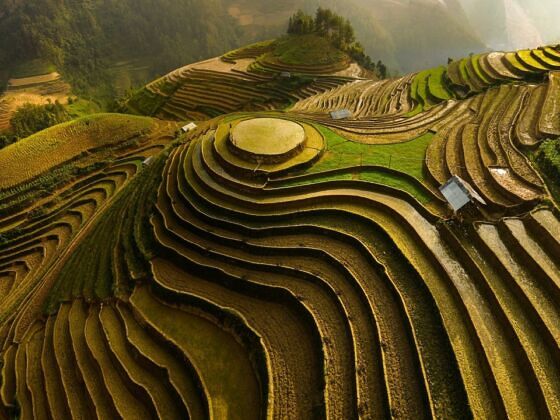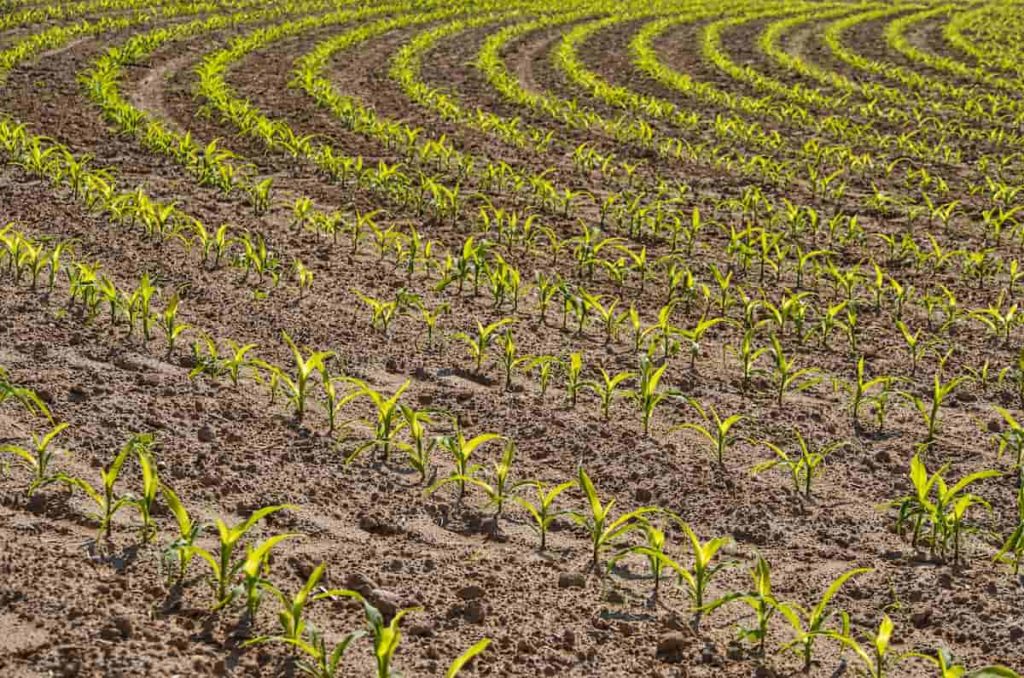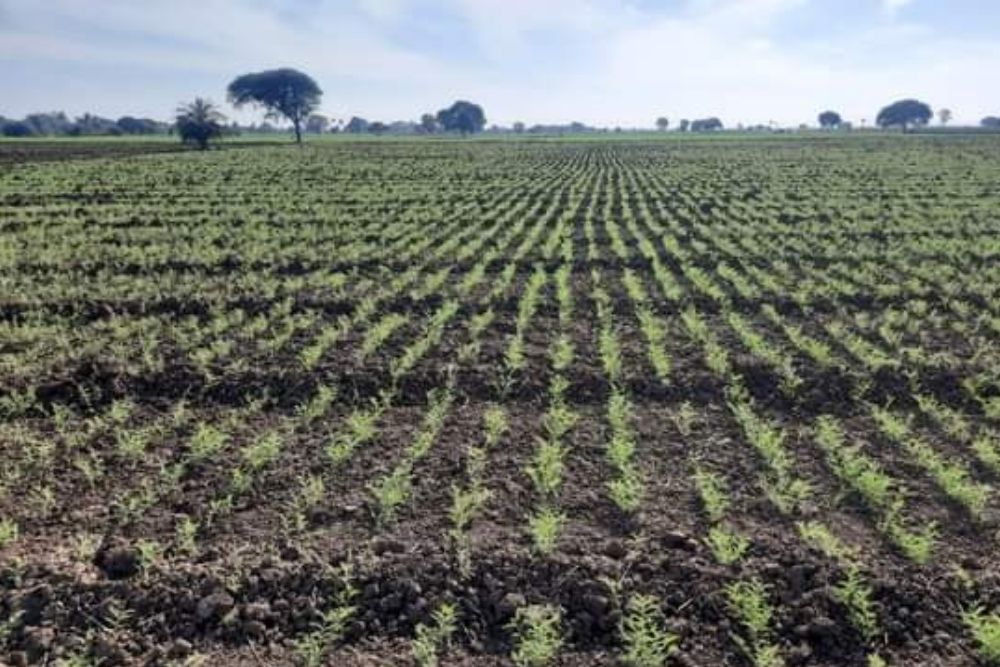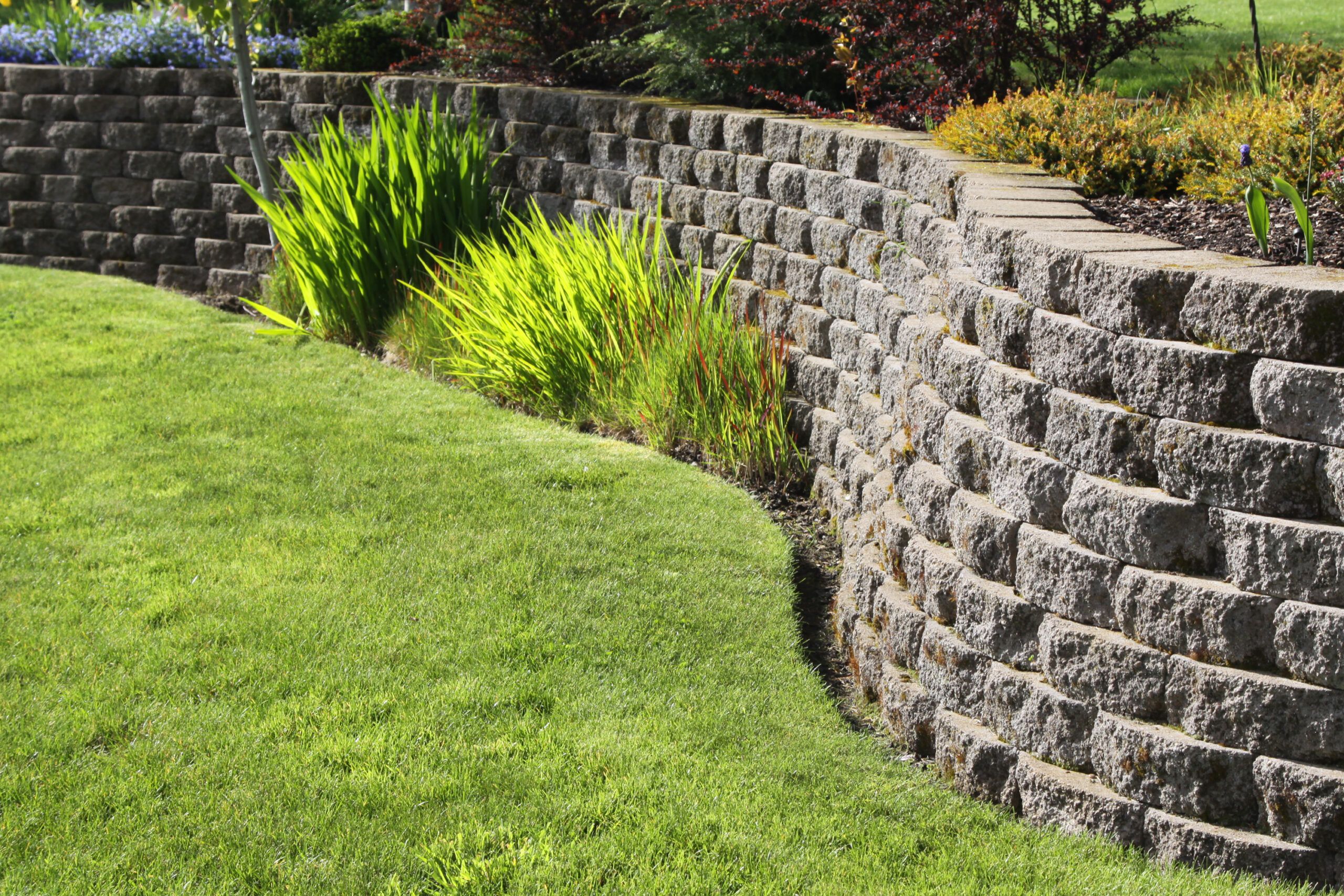SOIL EROSION
PREVENTION OF SOIL EROSION
Soil erosion is a serious problem that can have significant impacts on the environment and human settlements. Soil erosion can cause the loss of topsoil, reduced soil fertility, and damage to infrastructure and property. In addition, soil erosion can contribute to sedimentation in rivers and other bodies of water, which can have negative impacts on aquatic ecosystems
However, there are several measures that can be taken to prevent or minimize the impacts of soil erosion. This webpage provides tips and strategies for preventing soil erosion and promoting a healthier environment.

Planting vegetation, such as trees, grass, and other plants, helps to anchor the soil in place and prevent it from being washed away by rain or blown away by wind. The roots of the plants hold the soil together, and the leaves and stems provide a physical barrier that slows down the flow of water and reduces the impact of rainfall. In addition, vegetation helps to absorb water and nutrients, which improves soil health and reduces erosion.
Terracing involves building a series of steps into the side of a slope. This helps to slow the flow of water and prevent soil from being washed away. Terracing also creates flat areas that can be used for planting, which reduces the need for plowing and other soil-disturbing activities. By slowing down the flow of water, terracing also helps to reduce the amount of sediment that is carried downstream, which can improve water quality.

Mulching involves covering the soil with a layer of organic material, such as straw, leaves, or wood chips. This helps to retain moisture in the soil, preventing it from drying out and being blown away by wind. Mulching also provides a physical barrier that protects the soil from the impact of rainfall, reducing erosion. As the organic material decomposes, it also adds nutrients to the soil, improving soil health and fertility.
Contour farming involves planting crops across the slope of a hill, rather than up and down the slope. This helps to slow the flow of water and prevent soil from being washed away. By planting crops in this way, the water is forced to move across the slope, rather than down the slope, which reduces erosion. Contour farming also helps to reduce soil compaction and allows water and nutrients to penetrate the soil more easily, which improves soil health and fertility.

Cover cropping involves planting crops that are not intended for harvest, such as clover or rye, to cover the soil and prevent erosion. These crops help to protect the soil from the impact of rainfall and wind, and also help to retain moisture and nutrients in the soil. Cover crops also add organic matter to the soil, which improves soil health and fertility.
Avoiding overgrazing is another important measure to prevent soil erosion. Overgrazing can damage the soil, making it more susceptible to erosion. By managing grazing patterns and avoiding overgrazing, the soil can remain healthier and more resistant to erosion. Proper grazing management can also help to maintain vegetation cover and prevent soil compaction, which further reduces erosion.

Reducing tillage involves minimizing the amount of soil disturbance that occurs during planting and cultivation. By reducing tillage, the soil structure and organic matter content are preserved, which improves soil health and reduces erosion. Reduced tillage practices can include no-till or minimum tillage methods, which leave the soil undisturbed or minimally disturbed, respectively.
Erosion control structures, such as retaining walls, silt fences, and sediment basins, can be used to prevent soil from being washed away by water. These structures are designed to slow down the flow of water and allow sediment to settle out before the water is released. By trapping sediment, erosion control structures help to reduce the amount of soil that is carried downstream and can improve water quality.


